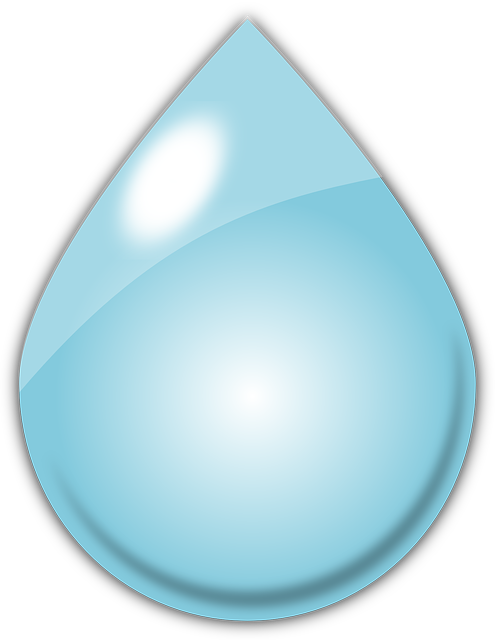Properties and importance of water
Hydrosphere
| The hydrosphere is the total amount of water in the planet. It includes water on the surface of the planet, underground and in the air. | ||||
|
Water is a molecule which contains two hydrogen atoms and one hydrogen atom (H2O). It is colourless (it is transparent), odourless (it has no smell) and tasteless (it has no taste). Water can exist in three states. |
GAS |
LIQUID |
SOLID |
Gas
Liquid
Solid
|
|
Deposition
Condensation
Freezing
Sublimation
Melting
Evaporation
|
When water heats or cools, it may change of state. Look at the possible changes.
|
Density The density of a substance is its mass divided by its volume. The density of a material changes when temperature and pressure vary. Ice is less dense than water so when water reaches its freezing point, 0º C, it floats on top of water. Life in the water under frozen surfaces is possible. |
||
Activity 1
Activity 2
Importance of water
Ángeles Alvariño González
Licensed under the Creative Commons Attribution Non-commercial Share Alike License 4.0



